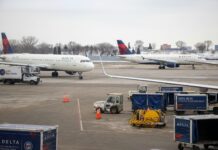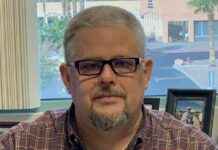In the hills beyond the towering juniper trees and sagebrush, 8-year-old Laurene Mamie Swallow was playing with her friend at Bahsahwahbee, a sacred place for the Western Shoshone tribe. This site holds significance as it was the location of a tragic massacre in 1897 that wiped out many tribal members. Delaine Spilsbury, Swallow’s granddaughter, has been fighting to protect the land and water for years.
The Bureau of Land Management (BLM) has proposed developing part of the 25,000-acre massacre site into a solar farm, conflicting with efforts to designate the area as a national monument. The Spilsbury family, descendants of the massacre victims, are concerned about the impact of the solar project on the sacred site and the juniper trees that symbolize their ancestors.
While the BLM claims to have engaged with tribal communities for input, tribal leaders feel that the agency has not adequately considered the cultural and historical significance of the land. Efforts to establish the monument have faced opposition due to concerns about restricting land use, such as grazing, in the area.
The federal solar plan in Nevada is part of a larger push for renewable energy development, focusing on rural areas like White Pine County. The community has already battled against projects like the Southern Nevada Water Authority’s pipeline proposal, highlighting the need to carefully consider the impact of large-scale developments on the environment and local resources.
Despite the urgency of transitioning to cleaner energy sources, the Spilsbury family insists that Bahsahwahbee must be protected as a sacred site and not sacrificed for solar development. They envision the area becoming a place of remembrance and education for future generations, shedding light on the untold history of Native American massacres in the region.
As the battle for the national monument designation continues, tribal leaders and activists are hopeful that their efforts will lead to the preservation of Bahsahwahbee and the recognition of the tribe’s enduring legacy. The story of the Western Shoshone people and their struggles for justice and remembrance may finally find a platform for wider recognition and understanding.











